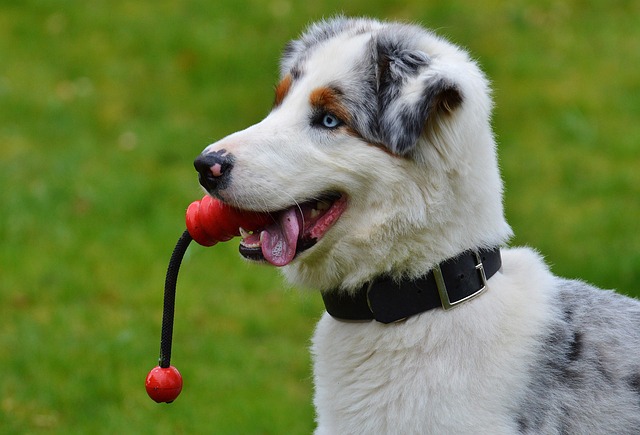
What is glaucoma in a dog?
You might notice your dog squinting more at mealtime or avoiding bright sunlight—these small changes could be early signs of a serious eye condition.
When it comes to the question “Can you breed a dog with luxating patella?” the answer isn't black and white, but leans heavily towards caution. Luxating patella, a condition where a dog’s kneecap slips out of place, can range from mild to severe. While some might argue that mildly affected dogs can still lead normal lives, breeding them carries significant risks that extend beyond just the health of the individual dog.
Genetics play a huge role in this condition. Veterinarians widely agree that luxating patella has a strong hereditary component. If you breed a dog with this issue, there’s a high likelihood of passing on the genetic predisposition to its offspring. Imagine bringing puppies into the world knowing they could face chronic pain, limited mobility, and potentially costly surgeries down the line. It’s not just about the physical toll—it’s an emotional burden for pet owners, too.
 In many regions, animal welfare regulations emphasize responsible breeding practices. Breeding dogs with known genetic disorders like luxating patella can conflict with these guidelines. These laws exist to prevent the propagation of health problems within dog populations, and violating them can lead to legal consequences. Beyond legality, there’s an ethical dimension: as dog lovers, we have a duty to prioritize the well - being of the breed as a whole.
In many regions, animal welfare regulations emphasize responsible breeding practices. Breeding dogs with known genetic disorders like luxating patella can conflict with these guidelines. These laws exist to prevent the propagation of health problems within dog populations, and violating them can lead to legal consequences. Beyond legality, there’s an ethical dimension: as dog lovers, we have a duty to prioritize the well - being of the breed as a whole.
Some might think, “But my dog’s luxating patella is mild, and they seem fine!” However, appearances can be deceiving. Even dogs with grade 1 luxating patella, the mildest form, can experience pain during intense activity or as they age. And what seems manageable in one generation can become exacerbated in the next. Puppies born with more severe cases may struggle to walk, run, or play like normal dogs, impacting their quality of life significantly.
Instead of breeding a dog with luxating patella, consider alternative ways to contribute to the dog - loving community. Focus on providing your dog with the best possible care, and share your experiences to raise awareness about this condition. There are countless healthy dogs waiting for loving homes in shelters and rescues. By choosing adoption over breeding a dog with genetic issues, you’re not only giving a deserving animal a second chance but also helping to reduce the overpopulation of dogs with preventable health problems.
In conclusion, while the idea of continuing a dog’s bloodline might be appealing, the potential harm to future generations of dogs and the ethical implications make breeding a dog with luxating patella a decision that should be avoided. Let’s show our love for dogs by making choices that ensure their long - term health and happiness.

You might notice your dog squinting more at mealtime or avoiding bright sunlight—these small changes could be early signs of a serious eye condition.

Let’s set the scene: It’s a sweltering Phoenix afternoon—105°F outside—and you rushed your 2-year-old Lab mix, Cooper, on a quick walk to “get it over with.”

Let’s get real: You’re in your Miami apartment, watching your 3-year-old Corgi, Loki, struggle to climb the stairs to your second-floor unit.

Many dog owners brush off occasional scratching as just “dog behavior,” but persistent itching often signals something more—like a food allergy.

You might first notice your dog scratching more than usual—chewing at their paws until the fur looks thin, or rubbing their face against the couch nonstop.

Let’s be real: You’re standing in your Chicago apartment, watching your 3-year-old Beagle, Max, huff and puff just to climb onto the couch.